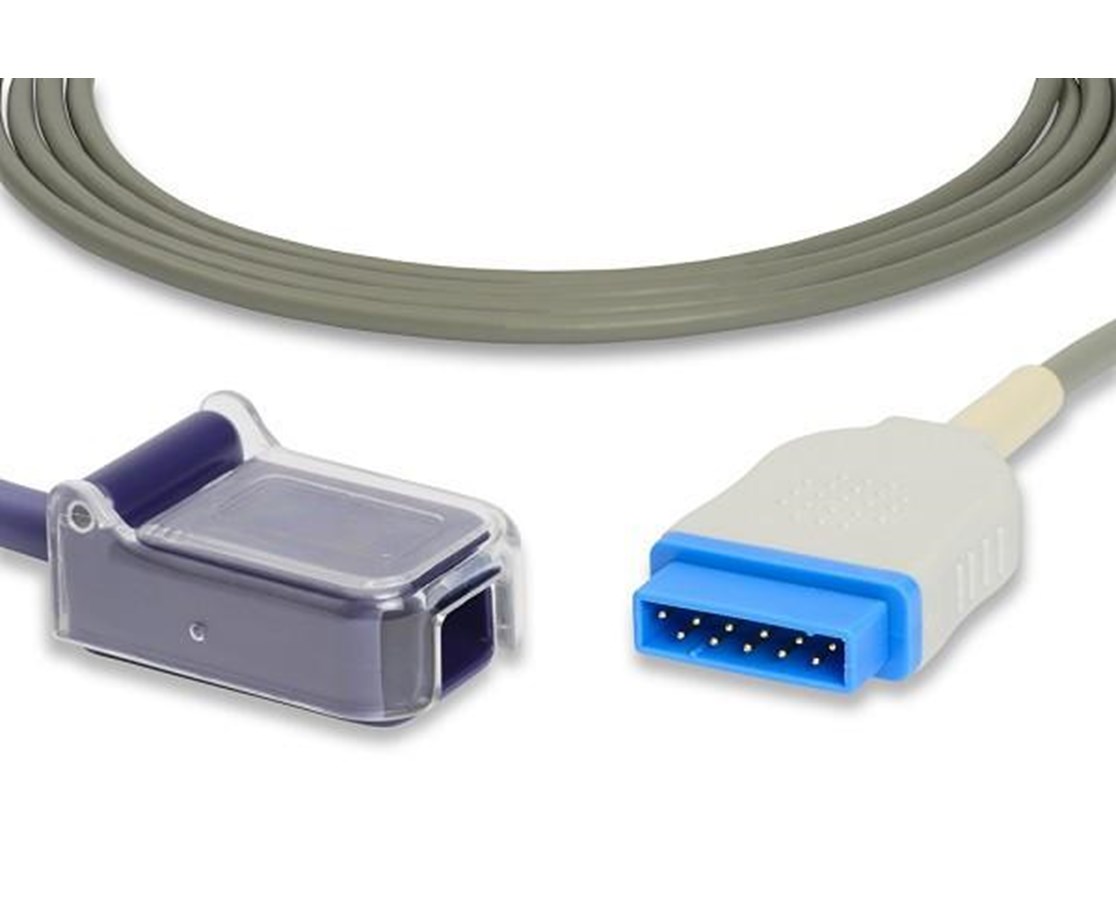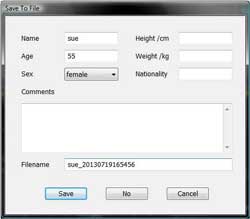
He was a warm and gentle man who was profoundly humble. His remarkable genius created the device that I have spent most of my life devoted to studying. Yamakage for making the publication of this memorial issue possible in a timely fashion, the first year after Dr. A short introduction to each of the authors can be found at the end of the compilation. I hope you will understand the reasons for this and see that there is great meaning in publishing this compilation in terms of further development of pulse oximeters, just as Dr. There is no doubt that some uncertain statements, based on memories from long ago, are included. There was not enough time to check for objectivity and consistency. The authors, including me, are not historians and most never thought that they would be called upon to write a memorial article on short notice. Due to time constraints, the authors did not have much time to write, and I appreciate their cooperation. Aoyagi on the first anniversary of his death. This memorial issue is being published to honor Dr. I hope that by translating the Japanese articles for this memorial into English, a wide range of medical professionals in the whole world will learn more about the birth and development of pulse oximetry. I am most grateful for being entrusted with recording how his great invention was born and how it grew. In the 36 years since I have had the privilege of learning from him and having lived through the same generation as a clinician and a developer, I feel a responsibility to record his achievements. We attempted, unsuccessfully, to establish a standardized calibration method. Aoyagi at a Japanese Subcommittee of the International Organization for Standardization. It was not until 6 years after returning to Japan that I met Dr. Although it appeared accurate, it seemed to be cumbersome for clinical use. The HP 8-wavelength ear oximeter was already in use at a research laboratory. Japan was just starting to shed the image of Made in Japan = cheap and poorly made. Aoyagi’s existence or the idea of pulse oximeters. This was just about the time when Minolta began selling a finger type device, and I knew nothing of Dr. Aoyagi thought of the principle of pulse oximetry, until the end of 1977. I was studying abroad in North America from 1973, when Dr. I am from a generation that experienced anesthesiology before the development of pulse oximeters. Aoyagi depended on clinicians like me to play an educational role and I believe that this memorial edition is important for letting people know about Dr. Interference from these currently unpredictable, ever-changing factors, complicates the calculation of pulse oximetry measurement and it is difficult to separate the effects of these various factors on arterial blood oxygenation.Īs an engineer and a developer, Dr.

It is actually more complicated, as it measures changes in arterial blood color through dynamically changing filters, such as surrounding blood vessels, blood-filled tissue, bone and skin. It is generally thought that pulse oximetry simply measures photometric color changes of arterial blood. The pulse oximeter is a very special type of patient monitor that still, as of this date, has no standard method of calibration. It concerns me that clinicians and society at large do not understand how this affects them.” He always used to say “It is the role of researchers like me to establish a theory, but without a theory, there are limits to what devices can do.

Aoyagi.įirst, I would like to share with you one of Dr. I hope that this memorial will give all of us the opportunity to reconfirm what we know of the great legacy left to us by the late Dr.

Yamakage has also contributed by editing them into an organized special article, which is fitting for an international journal, JA.Īs you read through this collection of articles, many of you will find new information and developments previously unknown to the public. They kindly agreed to search their files and memories from 40 years ago and to send their memorial contributions on a tight schedule, so that we would have time to translate their articles into English. Many contributors are from countries other than Japan, all of whom showed great interest in this project. I would like to thank him for his wise decision to take this timely opportunity to tell the world about the great contribution Dr. Yamakage, to organize a special memorial issue on Dr. I feel greatly honored to have been asked by the previous Editor-in-Chief of Journal of Anesthesia ( JA), Dr.


 0 kommentar(er)
0 kommentar(er)
